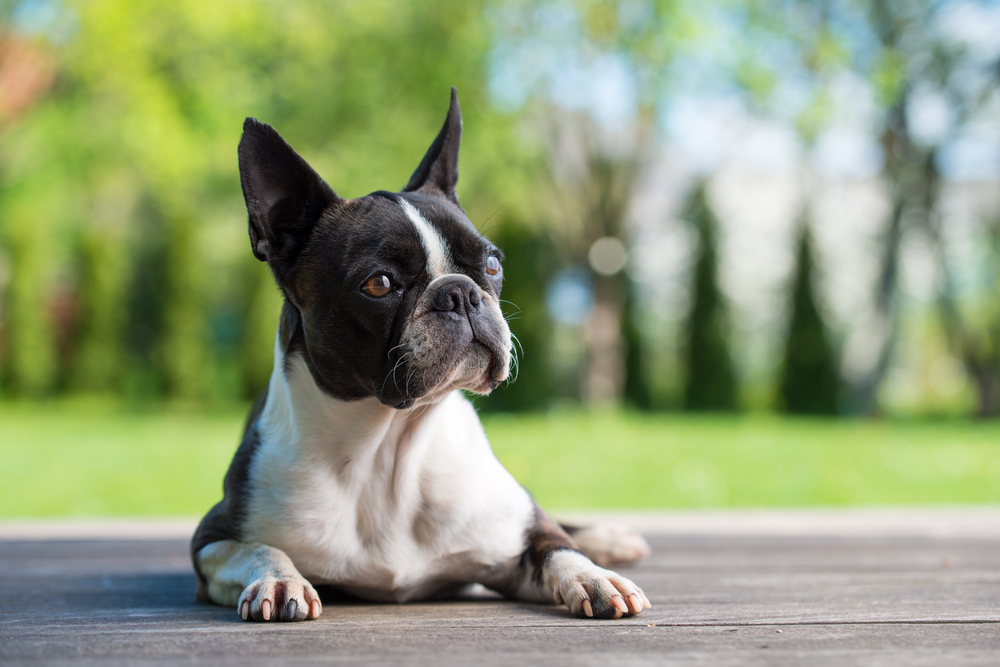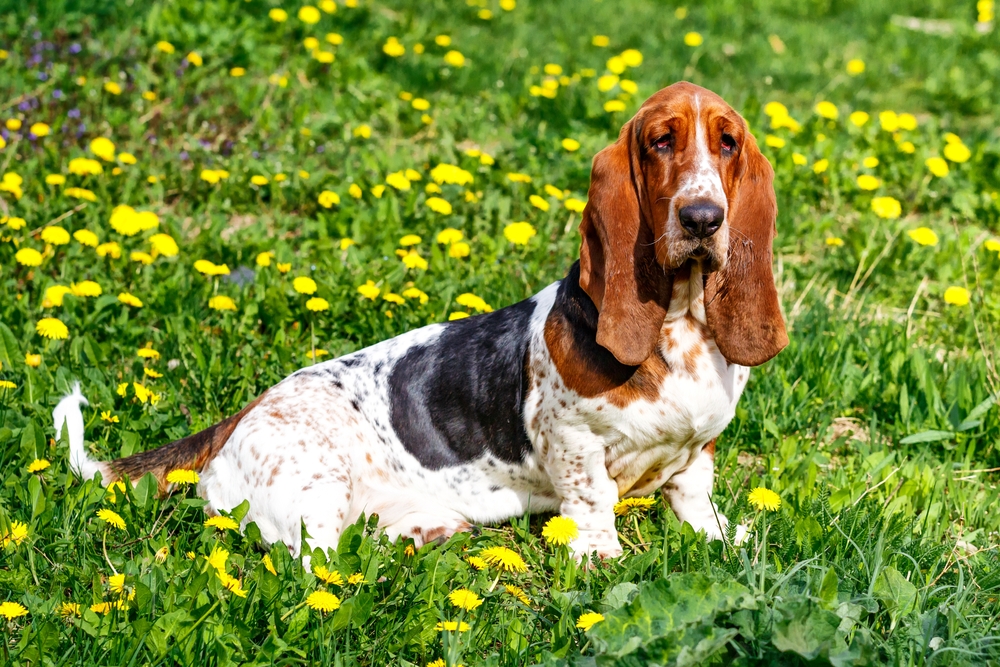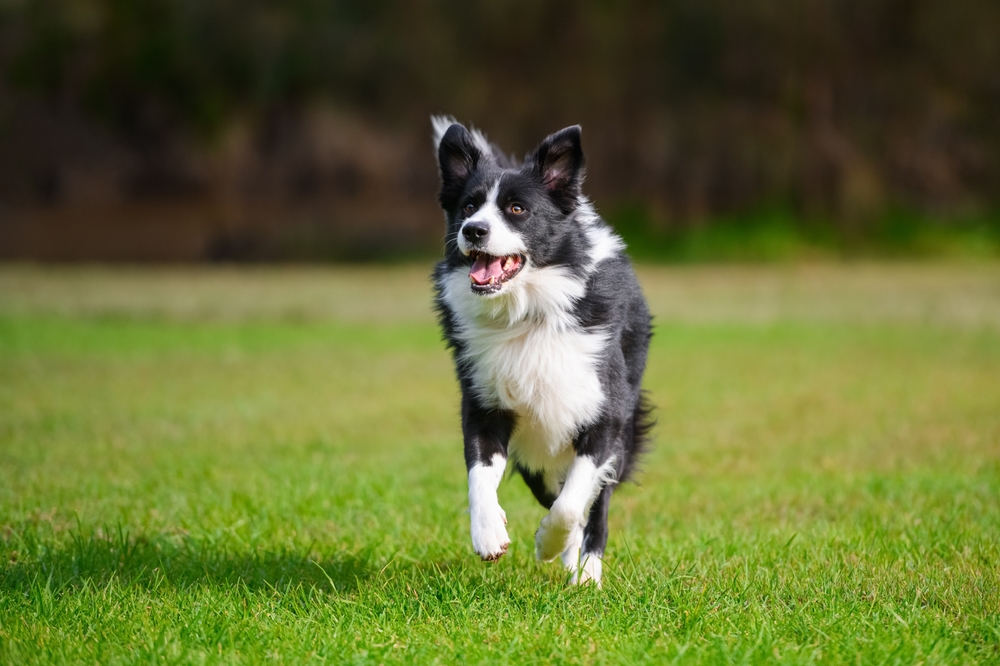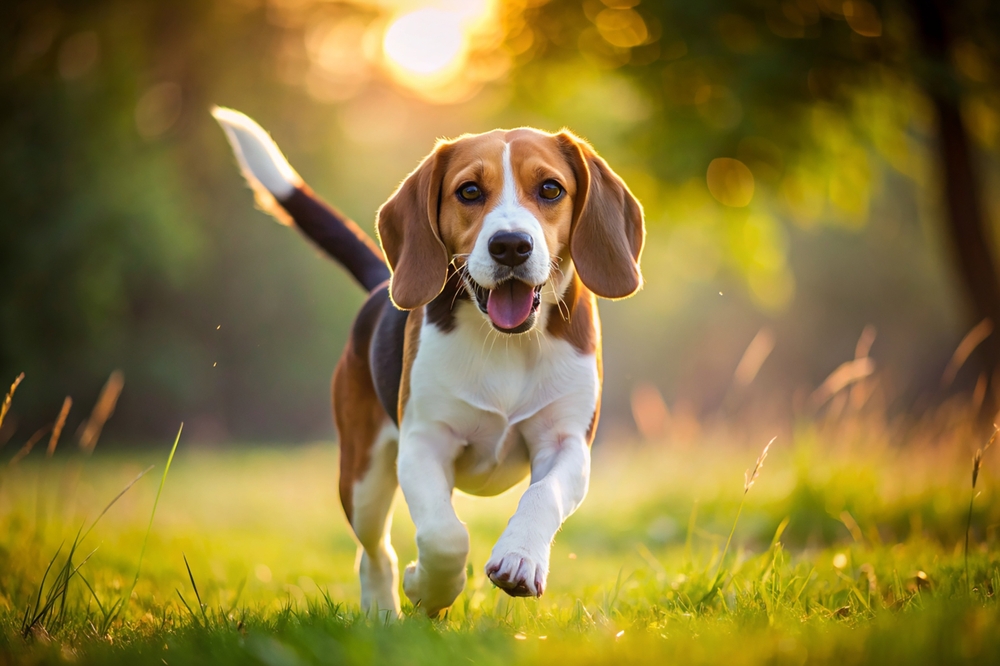Reproduction
The reproductive cycle of Boston Terriers follows the general domestic dog pattern, but the breed’s physical structure can present some unique considerations:
1. Mating and Courtship:
Boston Terriers typically reach sexual maturity between 6 and 9 months, though responsible breeding is delayed until females are at least 18–24 months old. Natural mating is possible, but due to the breed’s short muzzle and compact build, artificial insemination is sometimes used to improve breeding success.
2. Estrus Cycle:
Females generally come into heat twice a year, each cycle lasting about 2–3 weeks. The most fertile period is usually between days 9–14 of the cycle, though timing varies among individuals.
3. Gestation:
The average gestation period is 63 days (about 9 weeks). Pregnant females should be kept on a nutrient-rich diet and receive moderate exercise. Veterinary supervision is important, as Boston Terriers have a slightly higher rate of birthing complications than some breeds.
4. Birth of Puppies:
Typical litter sizes range from 3 to 5 puppies, though smaller litters are not uncommon. Because Boston Terriers have relatively large, broad heads, caesarean sections (C-sections) are more common than in many breeds to ensure the safety of both mother and puppies.
5. Care and Nurturing:
Newborns are born blind and deaf, depending entirely on their mother for warmth, nutrition, and cleaning. The mother nurses for the first 3–4 weeks, during which time puppies begin to open their eyes (around 10–14 days) and develop mobility.
6. Weaning and Socialization:
Weaning begins at about 4 weeks, with a gradual transition to soft puppy food. Early socialization from 4–12 weeks is critical to shaping the Boston Terrier’s friendly, well-mannered temperament.
7. Independence:
Puppies are generally ready for rehoming at 8–10 weeks, though some breeders keep them until 12 weeks to ensure proper development and behavior stability.
Because Boston Terriers are prone to brachycephalic (short-muzzle) breathing issues, responsible breeders carefully select healthy parents to reduce the risk of complications in breeding and whelping.






































































